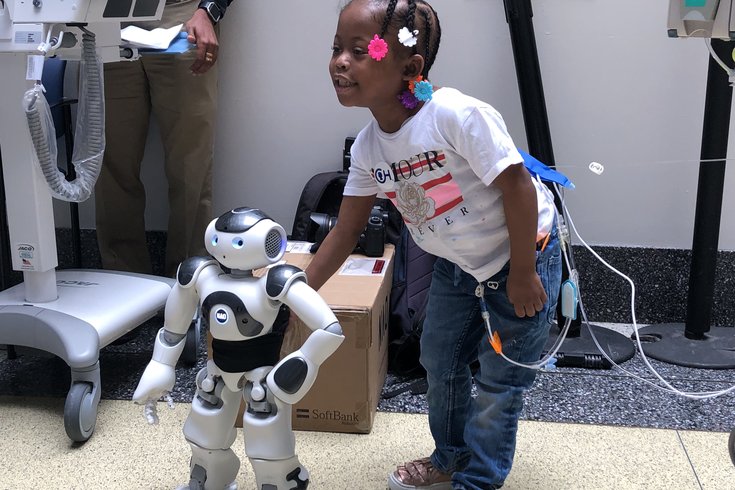Introduction
The world of robotics has come a long way in the last few decades, and it has now reached a point where robots can talk and interact with humans like never before. Robotics for teens that can talk is a fascinating field that is not only fun but also educational. These robots can help young people improve their communication skills, build confidence, and develop a love for technology.
In this article, we’ll take a closer look at robotics for teens that can talk and how it can help enhance communication skills among the youth. We’ll explore the different types of robots available, how they work, and what skills teens can learn from them. So, let’s get started!
Types of Robotics for Teens That Can Talk
There are several types of robotics for teens that can talk, and each one is designed to serve a particular purpose. Some of the most popular types of robots include:
- Humanoid Robots: These are robots that are designed to look and move like humans. They are equipped with sensors and cameras that enable them to recognize human faces, voices, and emotions. Humanoid robots can be programmed to speak multiple languages and interact with humans in a natural way.
- Social Robots: These are robots that are designed to help teens improve their social skills. They can engage in conversations, tell jokes, and even provide emotional support. Social robots are often used in schools and therapy settings to help teens build confidence and improve their communication skills.
- Educational Robots: These are robots that are designed to teach teens about science, technology, engineering, and mathematics (STEM). They can be programmed to provide interactive lessons on various topics, such as coding, robotics, and electronics.
How Do These Robots Work?
Robotics for teens that can talk are powered by sophisticated artificial intelligence (AI) algorithms. These algorithms enable the robots to recognize human voices, understand language, and respond appropriately. Some robots are also equipped with natural language processing (NLP) technology, which allows them to understand complex sentences and respond in a human-like manner.
In addition to AI and NLP, robotics for teens that can talk also utilize sensors and cameras to gather data about their environment. For example, a robot may use a camera to recognize a person’s face or a microphone to detect their voice. This data is then processed by the robot’s AI algorithms to determine the appropriate response.
What Skills Can Teens Learn From Robotics That Can Talk?
Robotics for teens that can talk can help young people develop a range of skills, including:
- Communication Skills: Interacting with robots can help teens improve their communication skills. They learn to express themselves clearly and listen actively to what others are saying.
- Critical Thinking Skills: Programming and working with robots requires teens to think critically and solve problems creatively. They learn to analyze complex situations and develop solutions that work.
- Coding Skills: Many robotics kits for teens come with software that enables them to program their robots. By learning to code, teens develop valuable technical skills that can prepare them for future careers in STEM.
- Teamwork Skills: Many robotics projects require teamwork, which helps teens learn to collaborate effectively with others. They learn to communicate ideas, divide tasks, and work towards a common goal.
FAQs
Q: What age range is robotics for teens that can talk suitable for? A: Robotics for teens that can talk is suitable for young people between the ages

